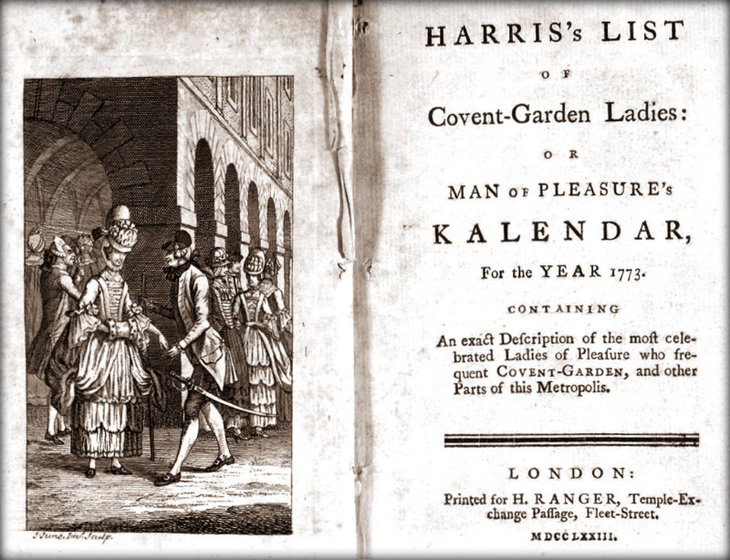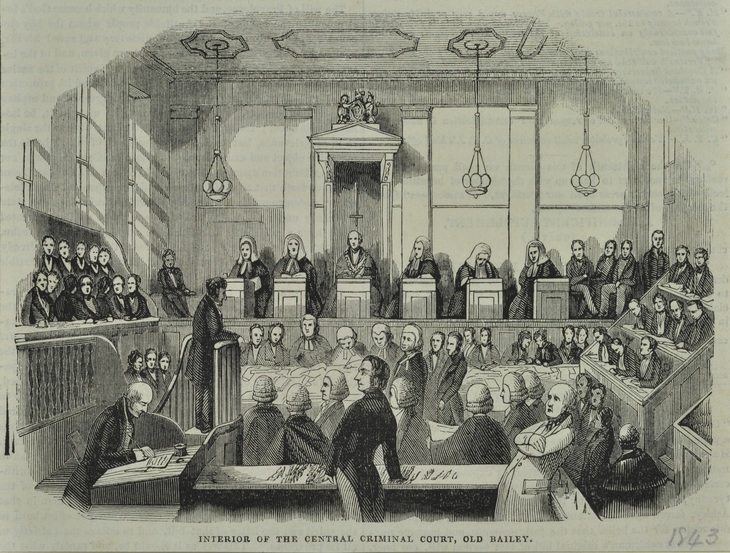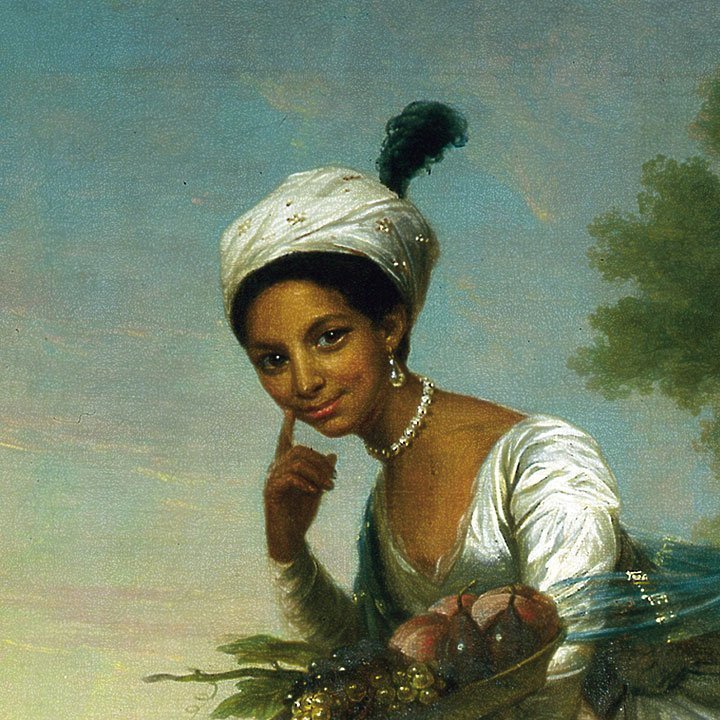
A new study into the history of BAME women in the City of London sheds important light on the lives of 160 people who inhabited and worked in the city centuries ago.
The City of London Corporation research paper, Black and Asian Women in the City of London 1600-1860, draws on parish and court records, newspaper adverts and previously published works, to reveal details of missing servants, prostitutes, women accused of crimes and, in one case, the daughter of a slave who ended up living as an heiress at Kenwood House in Hampstead.
Not easy reading

The report is littered with brutality, cruelty and tragic outcomes. Many BAME women living in London at the time were servants, 'owned' by masters, and given Anglicised first names, often with surnames like 'Moor' or 'Blackmore'.
A newspaper advert, from 1702, describes a 'missing' servant, who probably fled the household in which she was held: "16 years old, face much pitted with small box, speaks english [sic] well, missing part of her ear do [sic] to dog bite."

Some BAME women were driven into prostitution once in London. Anne Cobbie worked at the St. Clement Danes’s bawdy house of John and Jane Bankes around the 1620s. Described then as a 'tawny moor' she was likely from from Morocco, Algeria or Tunisia.
The infamous Harris's List of Covent Garden Ladies — a 'catalogue' of prostitutes first published in 1757 — described mixed-heritage women's physical appearance in ways like this:
Eliza is of a dark complexion, being a downright mulatto, and intimates by the thickness of her hair and her eyebrows, that she is well-furred below.... She tells a good story and can produce an excellent tale, which she charges little more for than it is well worth considering the scarcity of its complexion in this country, being but very lately imported from the West Indies.
Human stories brought into painful focus

Old Bailey court reports from the time bring more human stories into painful focus. One account tells of 'Ann Blackmore', who made repeat appearances in court, for alleged petty crimes such as stealing butter. In August 1847, she was indicted for manslaughter of her own baby, who died from a fractured skull, after her mother tripped and fell.
In the trial, a neighbour, Mary Donavan, explained to the court that she thought it was a tragic accident: "...there is a drain there, she missed her footing, and fell down with the baby in her arms. The baby happened to come on its head; it fell under her... A sober person might have had just such a fall in the same place, there is no light there..."

An heiress in Hampstead
One story in the report is already well-documented: that of Elizabeth Dido Belle, the illegitimate daughter of Royal Navy officer Sir John Lindsay and a West Indian slave, known as Maria Belle. Dido Belle was formally educated, living with Lindsay's uncle — the barrister, politician and judge, Lord Mansfield.
Thomas Hutchinson, former governor of Massachusetts, described seeing Dido Belle during a visit to Mansfield: "A Black [sic] came in after dinner and sat with the ladies, and after coffee, walked with the company in the gardens, one of the young ladies having her arm within the other."
It's important to note that, despite Elizabeth Dido Belle's formal education, she was not a free person until 1793, dying 11 years later.

Black and Asian Women in the City of London 1600-1860 was commissioned by the City of London Corporation, as a part of its work to combat racism by bringing to light histories which have been erased.
Caroline Addy, Co-Chair of the City of London Corporation's Tackling Racism Taskforce, said: “Now more than ever, we see how assumptions about the past shape our beliefs about the present — that's why this is the perfect time to discuss the unknown or forgotten history of BAME women in the City.
"While the prejudices they faced are shocking to us today, the report reveals a glimpse into the real lives these women lived."




